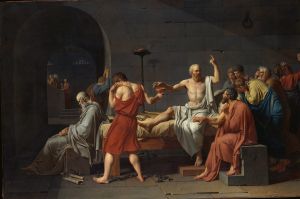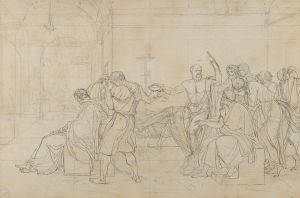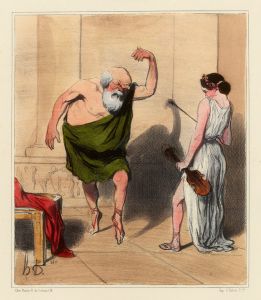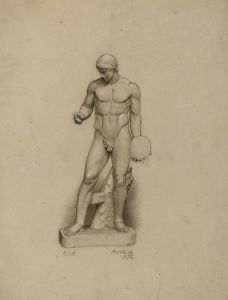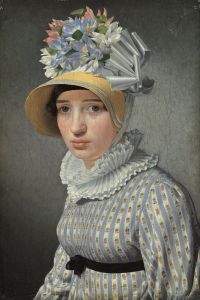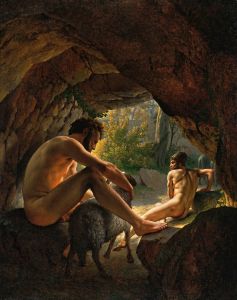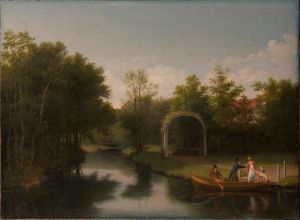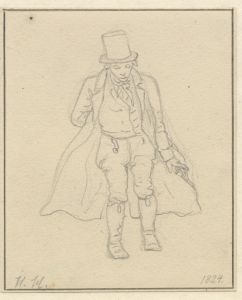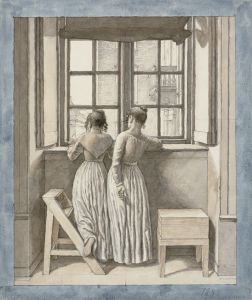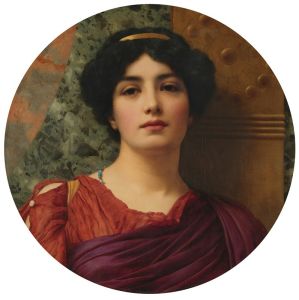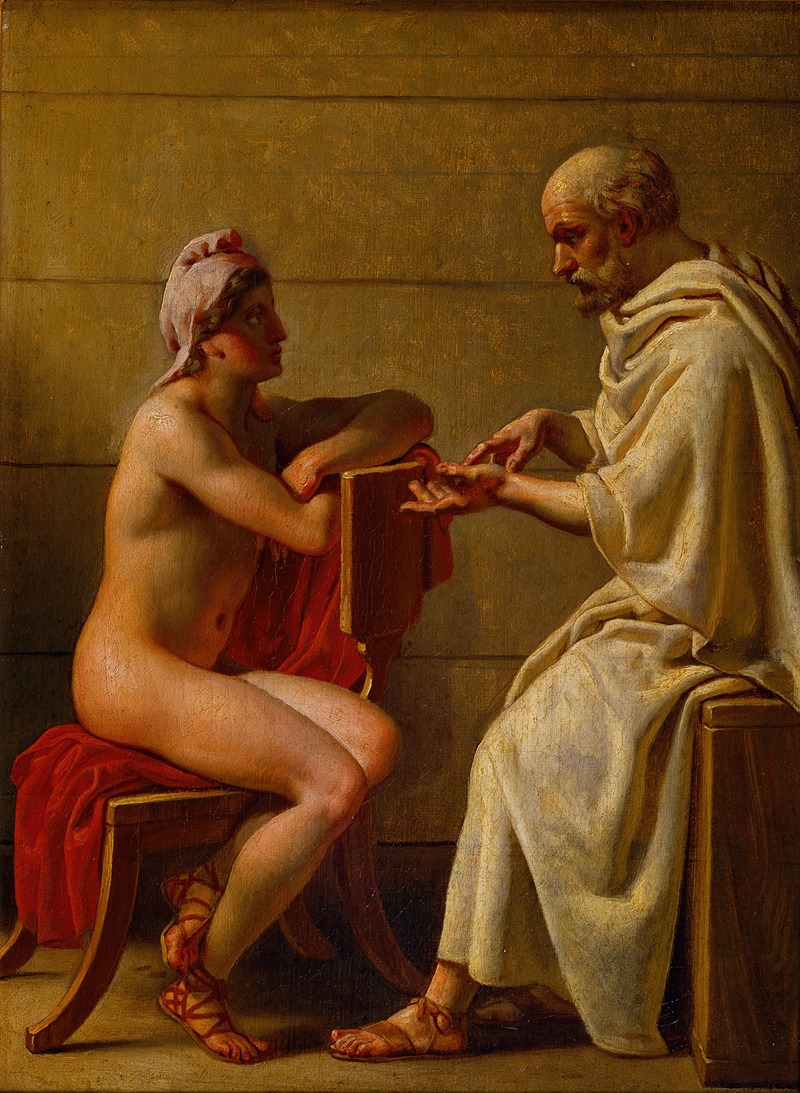
Socrates And Alcibiades
A hand-painted replica of Christoffer Wilhelm Eckersberg’s masterpiece Socrates And Alcibiades, meticulously crafted by professional artists to capture the true essence of the original. Each piece is created with museum-quality canvas and rare mineral pigments, carefully painted by experienced artists with delicate brushstrokes and rich, layered colors to perfectly recreate the texture of the original artwork. Unlike machine-printed reproductions, this hand-painted version brings the painting to life, infused with the artist’s emotions and skill in every stroke. Whether for personal collection or home decoration, it instantly elevates the artistic atmosphere of any space.
Christoffer Wilhelm Eckersberg, often referred to as the "father of Danish painting," was a prominent figure in the Danish Golden Age of painting. His work, "Socrates and Alcibiades," is a notable example of his contribution to the neoclassical style that characterized much of his oeuvre. Eckersberg was known for his meticulous attention to detail, his use of light, and his ability to capture the human form with precision and clarity.
"Socrates and Alcibiades" depicts the famous classical philosopher Socrates and his young, handsome student Alcibiades. The relationship between Socrates and Alcibiades has been a subject of interest and interpretation throughout history, often seen as a complex blend of mentorship, intellectual camaraderie, and personal affection. Eckersberg's painting captures this dynamic, focusing on the interaction between the two figures.
The painting is executed with Eckersberg's characteristic precision. The figures are rendered with a clear, almost sculptural quality, emphasizing the physical presence of both Socrates and Alcibiades. Socrates is typically portrayed as older and less physically attractive, reflecting historical descriptions, while Alcibiades is shown as youthful and strikingly handsome, consistent with accounts of his appearance and charisma.
Eckersberg's use of light in the painting is particularly noteworthy. The light source in the painting highlights the figures, creating a sense of depth and three-dimensionality. This technique not only enhances the realism of the scene but also draws the viewer's attention to the expressions and gestures of the characters, which are central to understanding the narrative and emotional content of the work.
The setting of the painting is classical, with architectural elements that suggest a space of learning or philosophical discourse, such as a stoa or a similar public place in ancient Athens. This setting reinforces the intellectual and philosophical themes associated with Socrates and Alcibiades, who were both prominent figures in Athenian society.
Eckersberg's interest in classical themes and his ability to convey complex human emotions and interactions through his art are evident in "Socrates and Alcibiades." The painting reflects his training in Paris under Jacques-Louis David, a leading neoclassical painter, and his exposure to classical art and architecture during his travels in Italy.
"Socrates and Alcibiades" is an example of how Eckersberg combined his technical skill with a deep interest in historical and philosophical subjects. It demonstrates his ability to bring historical figures to life, making them accessible and engaging to contemporary audiences. The painting is part of Eckersberg's broader body of work that includes portraits, landscapes, and historical scenes, all marked by his distinctive style and attention to detail.
Overall, "Socrates and Alcibiades" is a testament to Eckersberg's mastery of the neoclassical style and his ability to capture the essence of historical figures and themes. It remains an important work within the context of Danish art and the broader European neoclassical movement.





